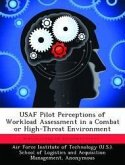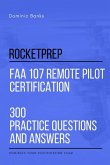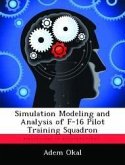The issue of predicting high pilot mental workload is important to the United States Air Force because lives and aircraft can be lost when errors are made during periods of mental overload and task saturation. Current research efforts use psychophysiological measures such as electroencephalography (EEG), cardiac, ocular, and respiration measures in an attempt to identify and predict mental workload levels. Existing classification methods successfully classify pilot mental workload using flight data from the same pilot on the same day but unsuccessfully classify workload using data from a different pilot on a different day. The primary focus of this effort is the development of a calibration scheme that allows a small subset of salient psychophysiological features developed using actual flight data for one pilot on a given day to accurately classify pilot mental workload for a separate pilot on a different day. Extensive raw data preprocessing, including 29 Fourier transformations for each second of flight data, prepares the feature data for analysis. The signal-to-noise ratio feature screening method is employed to determine the usefulness of 151 psychophysiological features in feed-forward artificial neural networks.
Hinweis: Dieser Artikel kann nur an eine deutsche Lieferadresse ausgeliefert werden.
Hinweis: Dieser Artikel kann nur an eine deutsche Lieferadresse ausgeliefert werden.








